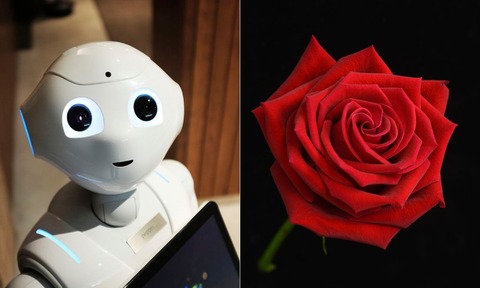Shall I compare thee to soft robotics…?
7 May 2025

A scientific revelation regarding rose petals has been hailed by its discoverers as a potential breakthrough for materials science.
They claim their study at Racah Institute of Physics in Jerusalem challenges prevailing explanations for the soft curving edges of the popular garden flower.
In recent years, petal curling has been attributed to Gauss incompatibility, which explains the shape as a geometric ‘mismatch’ causing surfaces to twist and bend as they develop.
However, the new study determined on close inspection that rose petals did not reveal this type of process.
Instead, maintained the researchers, the shape was determined by a different sort of incompatibility, discovered more recently at the University of Jerusalem – also home to the physics institute.
They tested their theory that Mainardi-Codazzi-Peterson (MCP) incompatibility stress caused sharp points or ‘cusps’ along the petal edge.
Results from the use of computer modelling, mathematical simulation and laboratory based experimentation consistently upheld the hypothesis, reported the researchers in Science.
Study co-leader professor Moshe Michael said the research would offer insights to scientific studies in fields other than botany alone
“It’s astonishing that something as familiar as a rose petal hides such sophisticated geometry,” he commented.
“What we discovered goes far beyond flowers—it's a window into how nature uses shape and stress to guide growth in everything from plants to synthetic materials.”
The discovery could help enhance the design of so-called self-shaping material, which can alter shape during growth or activation, with applications possible within robotics, electronics and bio-design.
The Racah research was carried out by postdoctoral fellow Dr. Yafei Zhang, PhD student Omri Y. Cohen, and co-led by professor Eran Sharon (experiments) and professor Michael (theory).
Pic: Yafei Zhang

